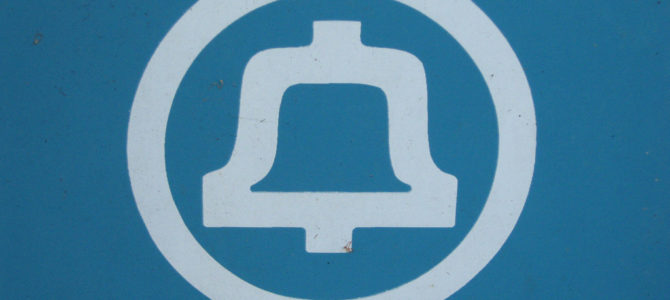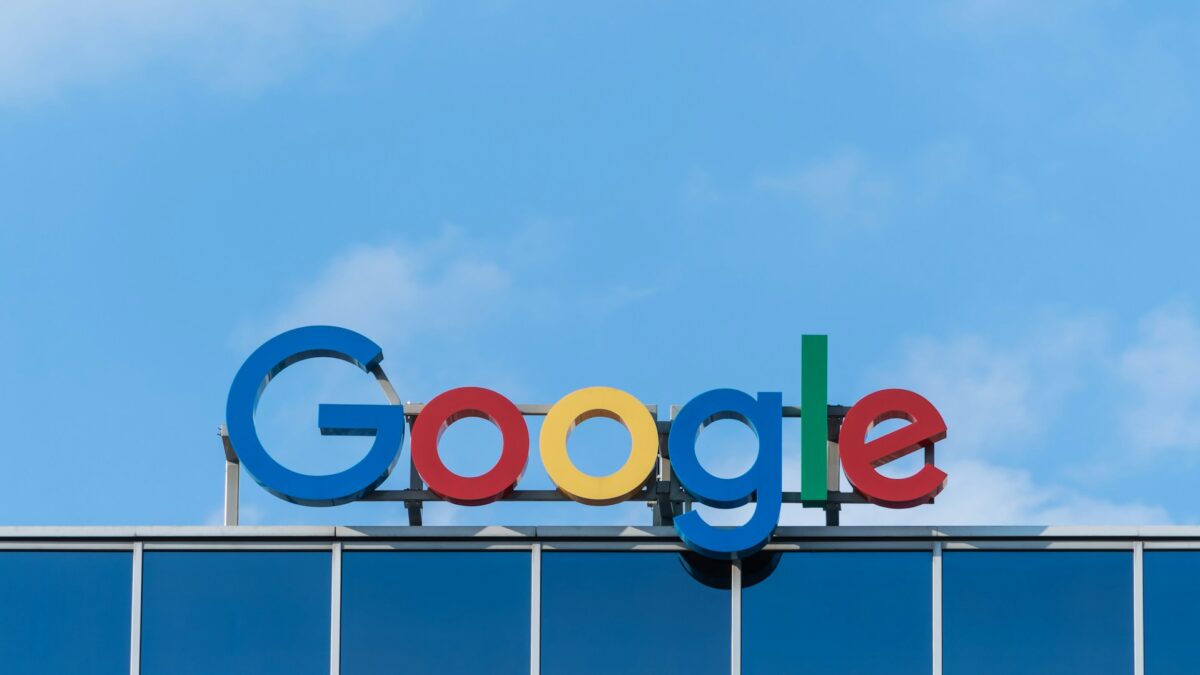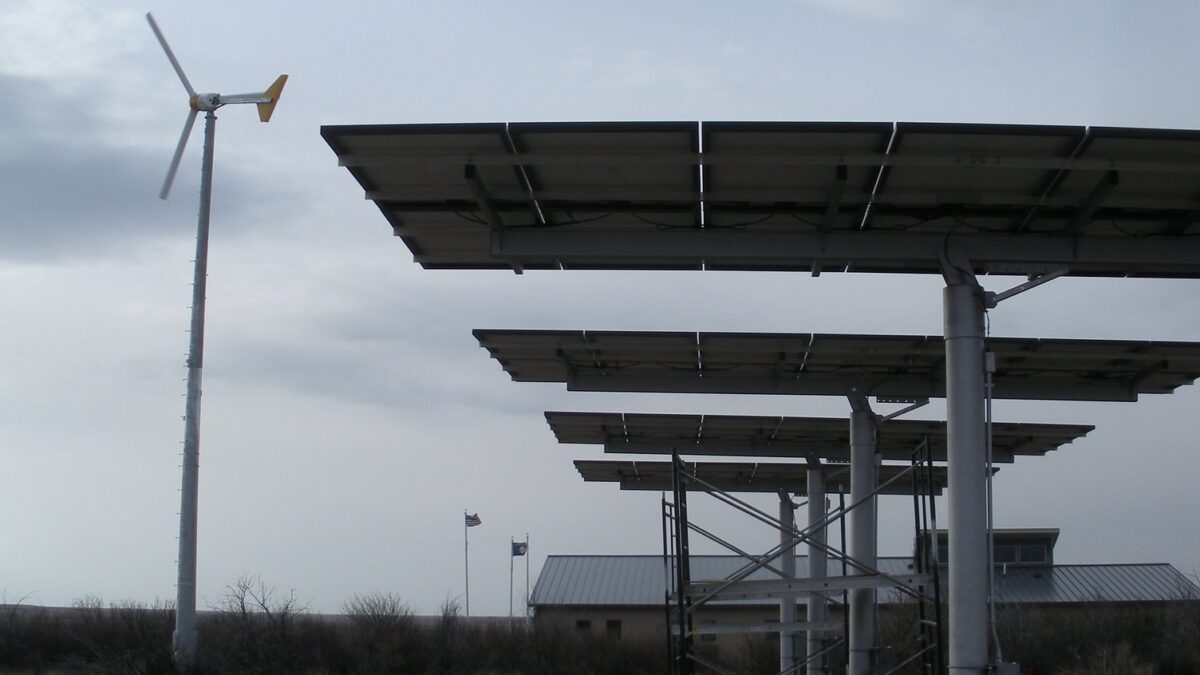
Last week’s announcement that the Federal Communications Commission will soon vote to roll back “net neutrality” regulations has produced a lot of hysterical overreaction, with headlines proclaiming, “FCC Is Revving Up to Destroy the Internet as We Know It.”
This obviously counts on the audience’s ignorance of history. The Internet started in 1969 (depending on what you count as the Internet), and the Internet “as we know it,” i.e., what we used to call the World Wide Web, has been around for 22 years. For most of that time, the idea that the FCC has anything at all to do with the Internet would have been considered ridiculous (as it still should be). So I don’t think reversing a regulation that was only imposed two years ago is going to DESTROY the Internet.
But there’s a deeper ignorance of history involved, one that I discussed a while back with technology entrepreneur Bill Frezza. Bill has lived this history, starting as an engineer with Bell Labs straight out of the Massachusetts Institute of Technology in 1978, because “if you wanted to be a telecom engineer the only legal place to work was in the Bell System at Bell Labs.”
The story he has to tell is that the Internet as we know it was born out of the breakup of the AT&T monopoly in 1982. Specifically, the Internet grew out of rejecting the very policies that are the backbone of “net neutrality.”
AT&T gained its monopoly, ironically, from a settlement called the Kingsbury Commitment that headed off an antitrust prosecution. In effect, the government agreed that instead of breaking up AT&T, it would give the government’s backing to its monopoly. In exchange, AT&T agreed to become a regulated utility.
The cornerstones of that deal were universal service—a telephone for everyone, no matter where he lived—and equality. As Frezza puts it, the commitment was, “People will be equal before the telephone. Not only will the guy way out there on a farm in Idaho get a phone, he’s going to pay the same prices as a city slicker, even though the city slicker lives in a 100-unit apartment building across the street from the central office.”
Sound familiar? This same promise of equality is the central principle of net neutrality. Not only will everyone have access to the Internet, but they will all have the same Internet. No “fast lanes,” no conditions, no playing favorites. Sounds great, right?
Well, here’s how it worked the first time around. Frezza puts it in contemporary terms: “AT&T developed seven apps in 70 years.” No, really. I recall the great excitement in the 1970s when most of us got our first touch-tone phones and no longer had to hear the click-click-click of the dial on a rotary phone. Then it was a few decades later, during the very end of the Bell System, that we started to get features like call waiting and caller ID.
The slow pace of innovation wasn’t just the result of AT&T being a big, complacent, government-protected monopoly. It was specifically a result of the proto-“net neutrality” requirements of universality and equality. AT&T couldn’t introduce a new service unless it could introduce it for everyone, equally.
Frezza describes how this held back the development of an Internet-style data transmission system. “If it has to be available on every pair of copper wires, including the five-mile loop with the load coils going out to the farmer—well, you can’t push more than 9600 baud through.” For those who don’t remember this antiquated terminology, 9600 baud is 9600 bits per second, which is not just a dial-up connection but a particularly slow dial-up connection. Today, we talk about download speeds in MBPS—that is, millions of bits per second, more than a thousand times faster. But all of that became possible because new capabilities didn’t have to be rolled out all at once to everyone, universally and equally.
In effect, what AT&T was not allowed to do was to employ the business model that built Silicon Valley and the modern Internet: targeting new technology at the “early adopter”: the tech enthusiast who wants to be on the bleeding edge and is willing to pay a lot of extra money for something that doesn’t necessarily work all that well yet. The early adopters who have the extra money to spend allow people to create a lot of companies fast, to have some of them fail, to take risks and do things on a small scale before companies try to scale it up for everyone.
As Frezza sums it up:
Progress requires inequality. If you don’t give entrepreneurs the ability to become unequal—not just get rich themselves, but they have to make their customers unequal, they’ve got to give their customers commercial advantage or life advantage. That’s what drives progress. If you take that out of the equation, if you say all traffic has to be treated equal, all customers have to be treated equal—first of all, capital investment in the network is going to go down. We’ve already seen some of that. But so is innovation. Why would you want to give that up?
That’s why we should be thrilled to see Internet service providers contemplating “Internet fast lanes” to charge extra for massive data users like Netflix. This would set off a gold rush of investment in infrastructure and innovation that would eventually bring us all much high data transmission speeds. That’s what the actual history of the Internet shows. The exotic, exorbitantly expensive new technologies of a few years ago eventually become the cheap and ubiquitous technologies of today.
This is such a commonplace experience that it’s really astonishing that anyone in the tech industry has let themselves be bamboozled by the notion that we’d all be much better off with the business model of a sclerotic, highly regulated public utility.
“It’s a tragedy,” Frezza says, “to see people using the same arguments that were used back in 1913 to try to re-regulate the Internet.” If we don’t learn from telecom history, we will be doomed to repeat it.









